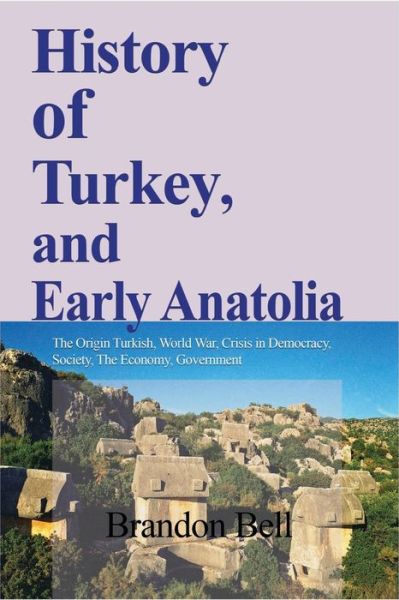
Tell your friends about this item:
Inside Iceland, History, Culture and Tourism
Brandon Bell
Inside Iceland, History, Culture and Tourism
Brandon Bell
Inside Iceland, History, Culture and Tourism. Administrative Information, Travel, The People, Settlement in Northern Iceland. Government. Iceland has a multiparty parliamentary system, and there is a written constitution. Presidents are elected for four-year terms by direct popular vote but serve a parliamentary function and do not head a separate executive branch. The parliament is called Althingi after the medieval general assembly. It has sixty three members elected by popular vote for four-year terms. Each party puts forward a list of candidates, and people vote for parties, not candidates. The seats in the parliament are then distributed to parties according to the placement of people in their lists. Thus, elections have more to do with policies and positions on issues than with personalities. Leadership and Political Officials. After elections, the president asks one party, usually the one with the largest number of votes, to form a government of cabinet officers. There has never been a majority in the parliament, and so the governments are coalitions. The real political competition starts after elections, when those elected to the parliament jockey for positions in the new government. If the first party cannot form a coalition, the president will ask another one until a coalition government is formed. Cabinet ministers can sit in the parliament but may not vote unless they have been elected as members. This cabinet stays in power until another government is formed or until there are new elections
| Media | Books Paperback Book (Book with soft cover and glued back) |
| Released | August 28, 2024 |
| ISBN13 | 9781714643059 |
| Publishers | Blurb |
| Pages | 218 |
| Dimensions | 152 × 229 × 12 mm · 299 g |
| Language | English |

 Christmas presents can be returned until 31 January
Christmas presents can be returned until 31 January









